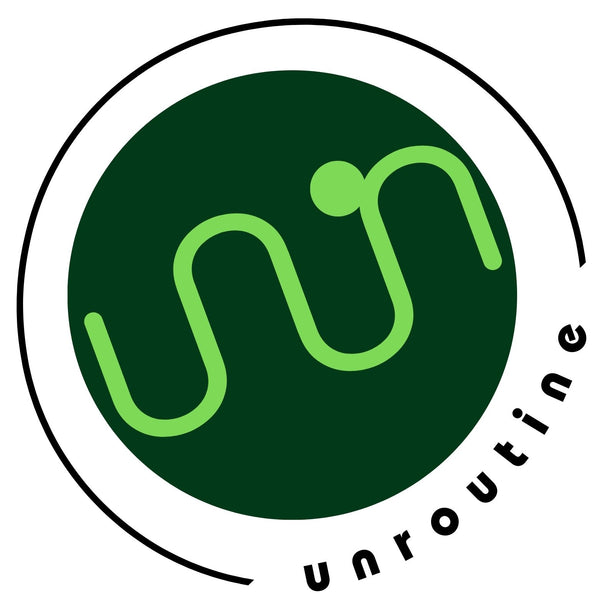
The Journey of a Jute Bag: From Plant to Product
Share
In a world increasingly focused on sustainability, jute bags have emerged as a perfect alternative to plastic. They are eco-friendly, durable, and versatile, making them an ideal choice for conscious consumers. At Unroutine, we are committed to promoting eco-friendly solutions, and our jute bags exemplify this commitment. But have you ever wondered how a jute bag is made? Let’s take you through the fascinating journey of a jute bag, from plant to product.
1. The Cultivation of Jute: Nature’s Gift
Jute, often called the "Golden Fiber," is a natural fibre derived from the Corchorus plant, predominantly grown in India and Bangladesh. The cultivation of jute is eco-friendly, requiring minimal pesticides and fertilisers. This hardy plant thrives in warm, humid climates with plenty of rainfall. Once sown, jute plants multiply, reaching maturity in about 4 to 6 months.
2. Harvesting and Retting: Preparing the Fiber
When the jute plants reach maturity, they are harvested by hand, usually during the rainy season. The stems are cut close to the ground and then bundled together for retting, a process in which the stalks are soaked in water. Retting helps to loosen the fibres from the stem by breaking down the plant's outer layer. This process typically takes 10 to 20 days, depending on the water quality and temperature.
After retting, the fibres are extracted by hand, a labour-intensive process that has remained largely unchanged for centuries. The extracted fibres are washed, dried in the sun, and bundled for further processing.
3. Spinning the Fiber: From Raw Jute to Yarn
Once the jute fibres are dried, they are sorted by quality. The best fibres are selected for spinning, where they are twisted and spun into yarn. This process involves both traditional hand-spinning techniques and modern machinery, depending on the scale of production. The resulting yarn is strong, biodegradable, and ideal for weaving into fabric.
4. Weaving the Fabric: Crafting the Bag
The spun jute yarn is then woven into the fabric, either by hand or using power looms. This woven jute fabric is sturdy, breathable, and can be dyed or printed with various designs. At Unroutine, we carefully select jute fabric that meets our high standards for durability and environmental impact. Once the fabric is ready, it is cut and stitched into different bag styles—tote bags, shopping bags, or promotional bags. Our skilled artisans ensure that each bag is crafted with precision, combining traditional craftsmanship with contemporary design.
5. Finishing Touches: Ready for Market
The final stage of the journey involves adding finishing touches to the jute bags. This includes attaching handles, adding linings, and incorporating custom prints or logos. At Unroutine, we offer personalized options for businesses looking to promote their brand with eco-friendly bags. Each jute bag is then inspected for quality before being packaged and shipped to customers.
6. The End of the Journey: A Sustainable Choice
When you purchase a jute bag from Unroutine, you are not just buying a product—you are making a sustainable choice that supports the environment and promotes ethical production practices. The journey of a jute bag, from plant to product, is a testament to the power of nature and human ingenuity in creating eco-friendly alternatives to plastic.
At Unroutine, we are proud to be part of this journey, offering you high-quality jute bags that are as stylish as they are sustainable. Shop now and make a sustainable choice with Unroutine.
